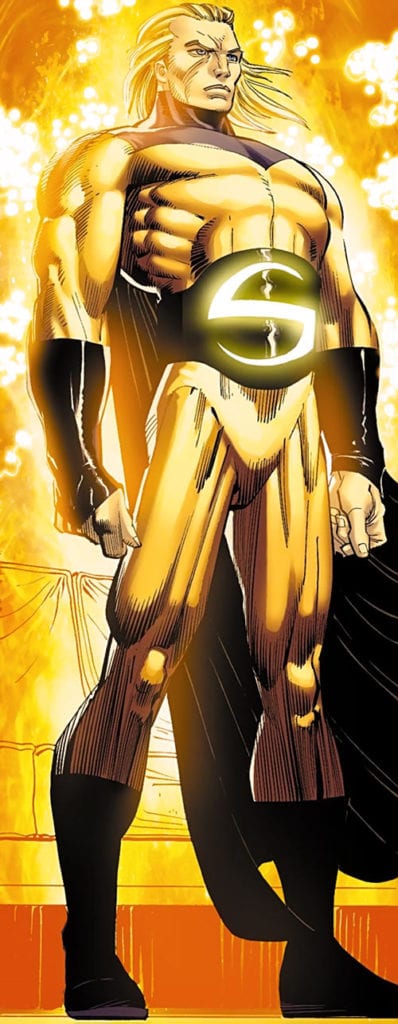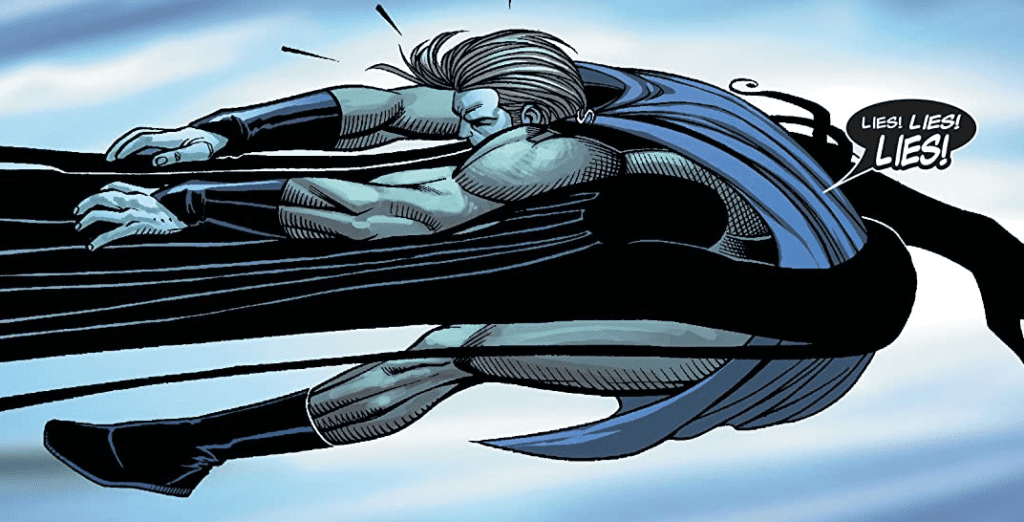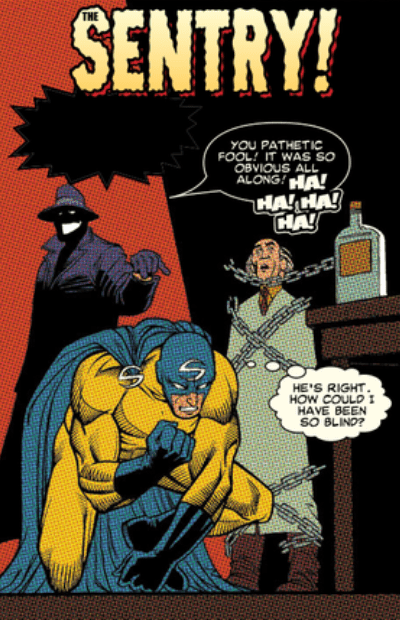The Sentry: Reborn is a wonderful tale about the golden guardian of good that is filled to the brim with twists. Paul Jenkins crafts together the limited series with three techniques that make each reveal have a profound impact on the reader.

About the book:
Written by Paul Jenkins and illustrated by John Romita Jr. The Sentry: Reborn is a must-read for fans of the mighty hero. Often called one of the most powerful heroes in the Marvel Universe, Sentry has a vast arsenal of powers, but is handicapped by his schizophrenia. This can result in Sentry being a danger to others, which is why many heroes in the Marvel Universe are concerned about him. The storytelling in The Sentry: Reborn is beautifully crafted to always keep the reader turning the page, and the art is incredibly expressive.
MFR ON YOUTUBE (latest video)
Help us reach 5K Subs!
Three main tactics are utilized by Jenkins to ensure the surprise reveals in the series have a strong impact on the readers, and these simple techniques yield amazing results that make The Sentry: Reborn a truly wonderful reading experience.

Withholding Information
One of the key elements of a twist is withholding the correct amount of information. A sudden twist where no information was revealed beforehand feels cheap and undeserved, while too much information can result in the twist being unsurprising. The Sentry: Reborn is able to reach a perfect balance of this thanks to the writing of Jenkins. For example, the relationship between Sentry and his archenemy, the Void, is talked about many times before the true nature of their connection is revealed. It is clear there is a link between the two, but it is unspecified, and the reader is left to wonder what their true connection is. In talks between Void and Sentry, there are many implications of what their relationship might be, but some of this information conflicts with other information, leaving the reader to try and piece the puzzle together.
Subtle Foreshadowing
Along with withholding information, subtle foreshadowing prevents the reader from feeling cheated when the reveal is presented. Every clue was there, waiting to be discovered, but more likely than not the surprise still catches the reader off-guard. This does mean that the reader may be able to piece together the reveal before intended, but they are then able to enjoy an affirmation of their theory when it is revealed. A prime example of this would be when the Hulk and the Sentry enter the negative zone and find the Void, despite him being supposedly locked up in a cell that the Sentry watches over. This is a major indication that everything is not as it seems, and is a key component the reader could use to figure out the upcoming reveal, but more likely the reader will be shocked when they are told how this event occurred.

Misinformation
The third and final way that Jenkins is able to create fantastic surprise reveals is through the use of misinformation. The story follows the Sentry, who has schizophrenia. Due to him being the main character with this mental disorder, the reader is aware that some of what they are seeing might not be reality, but instead are delusions held by the main character. Jenkins uses this multiple times throughout the series, in events such as flashbacks to Sentry’s origin. The audience is already inclined to believe that these events are not always as they seem because of the silver age comic book art style that they are portrayed in. This knowledge that the events shown to them are through a lens leads the audience to question what really occurred, but they can never know until Jenkins decides to reveal it. Sentry’s mental disorder allows for a natural way for the audience to be deceived, which causes the surprise reveals to have a much more profound impact than they would have otherwise.

Conclusion
The Sentry: Reborn is a fantastic story that does not require any prior knowledge before reading, and is an excellent choice for new and old fans of comic books alike. The writing of Jenkins is sure to delight anyone who decides to read it, and the art of John Romita Jr. is a beautiful complement to it.
Are there other twists in comic books that have caught you off-guard? Let me know in the comments below!

